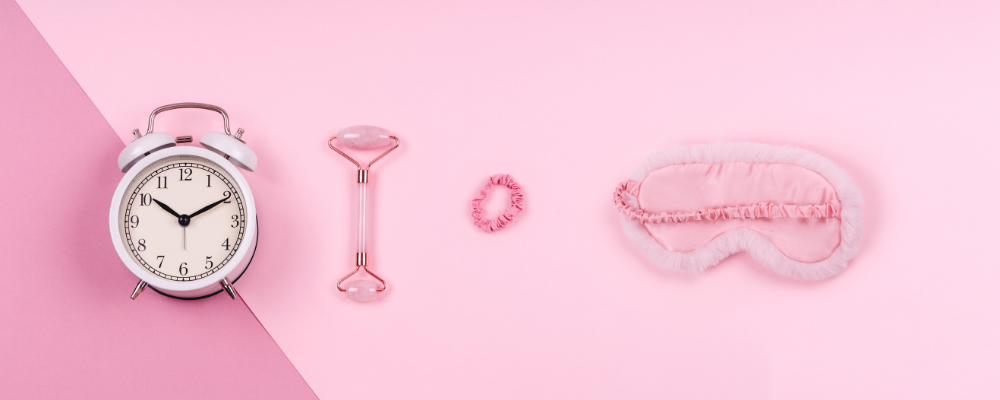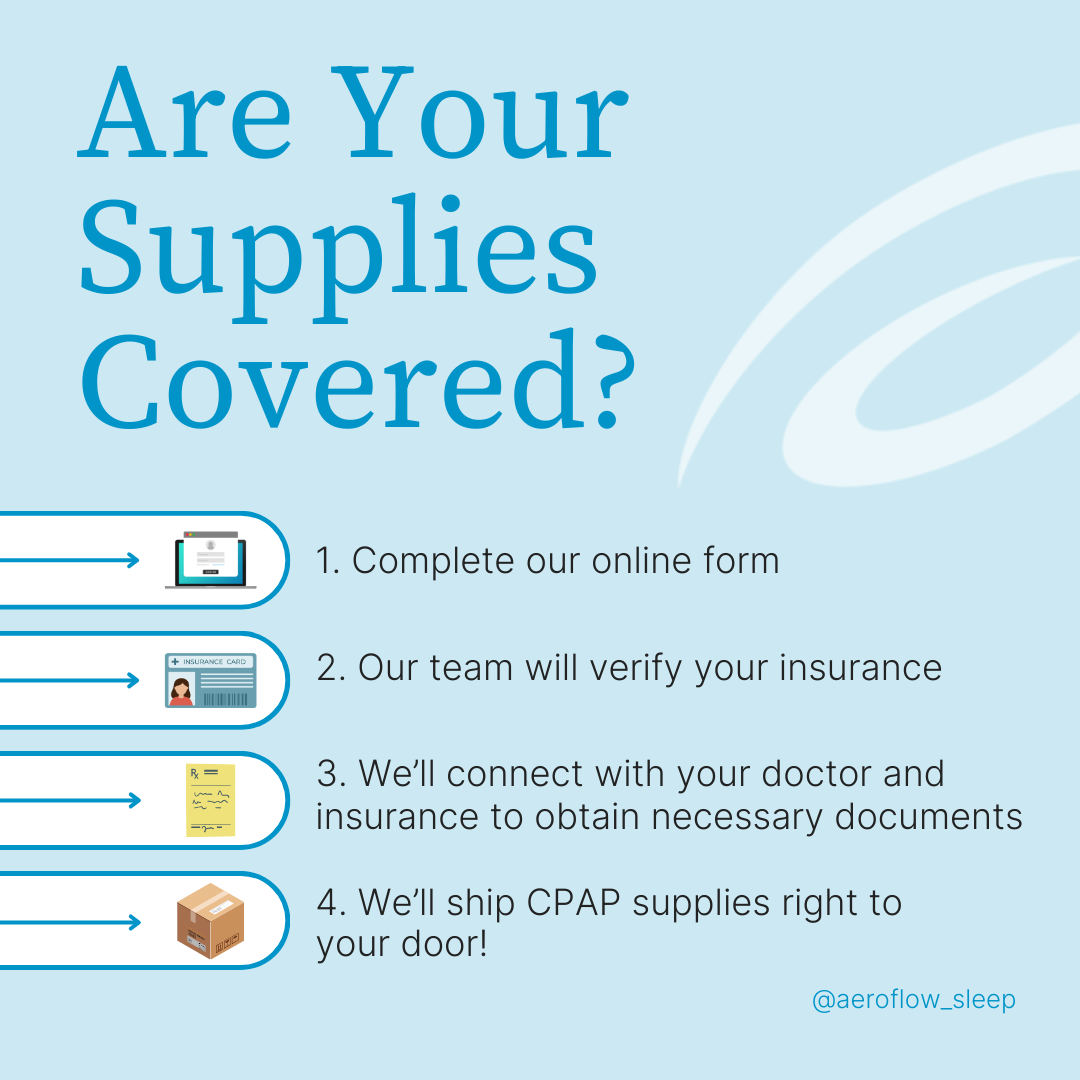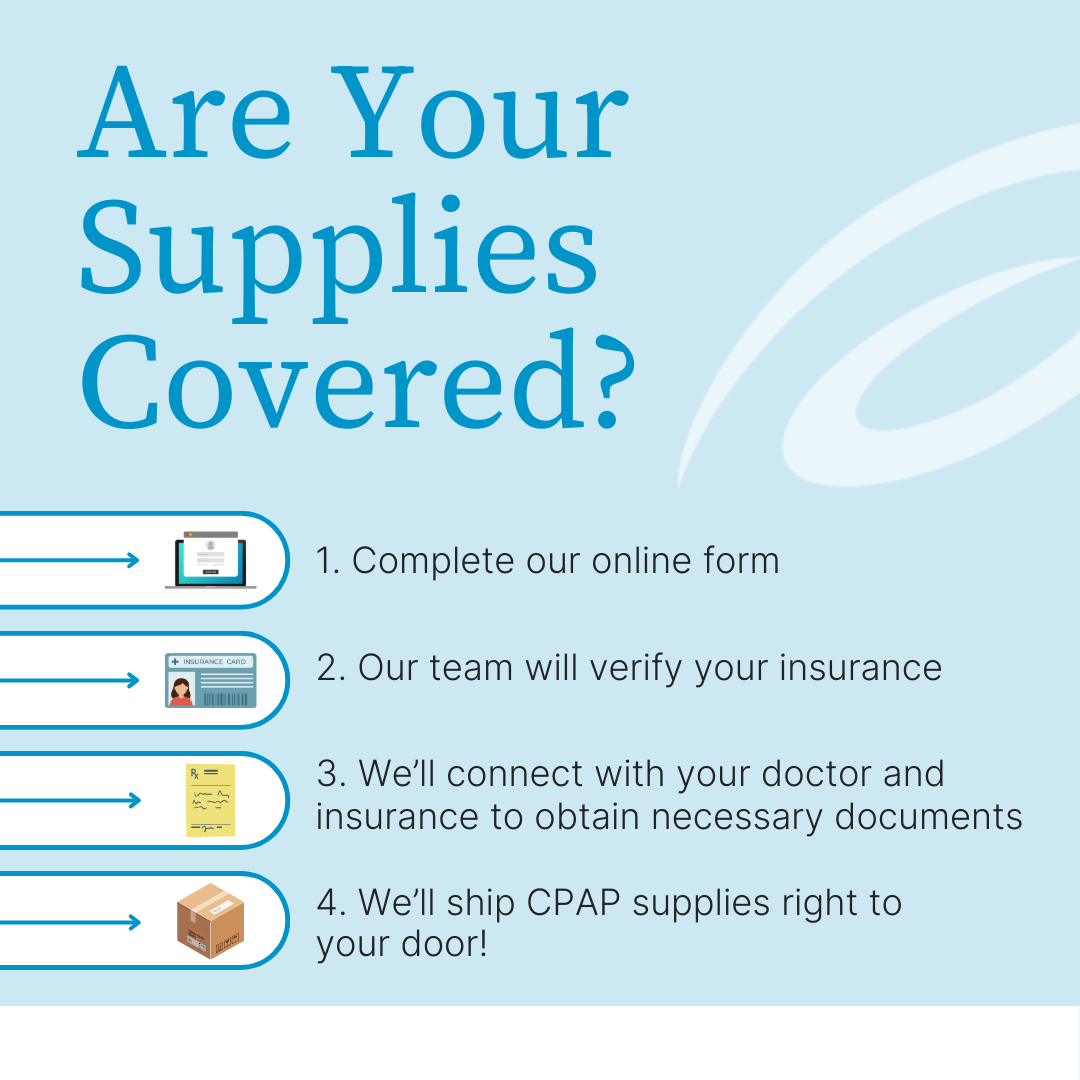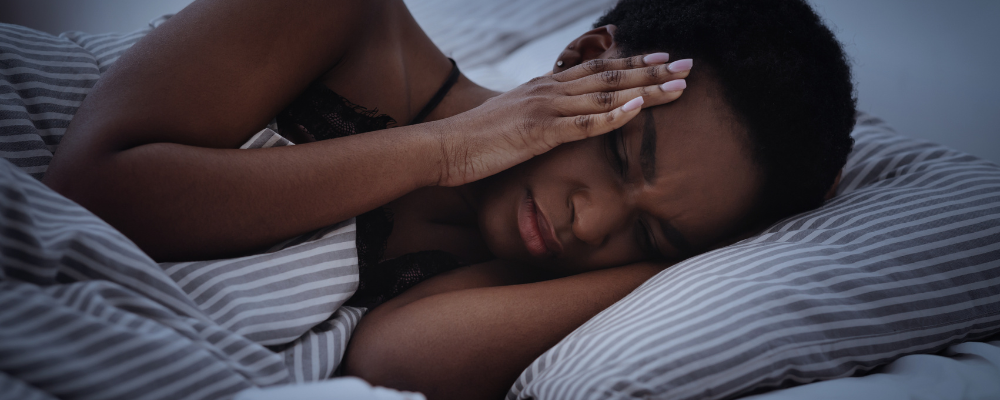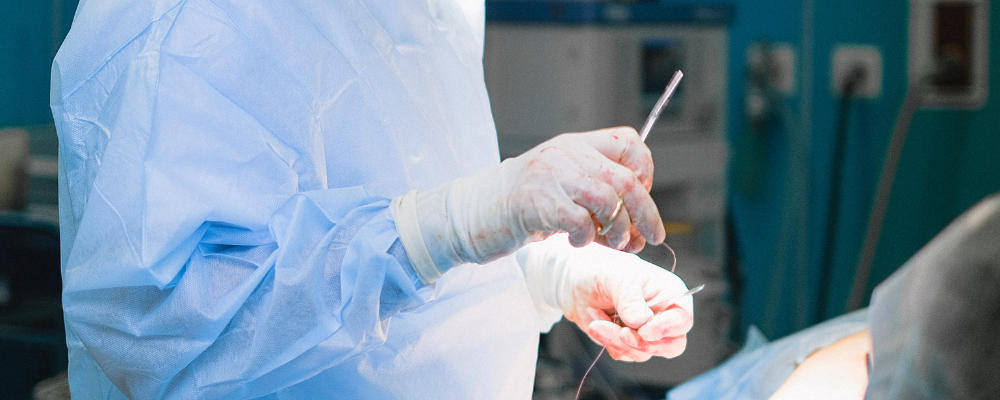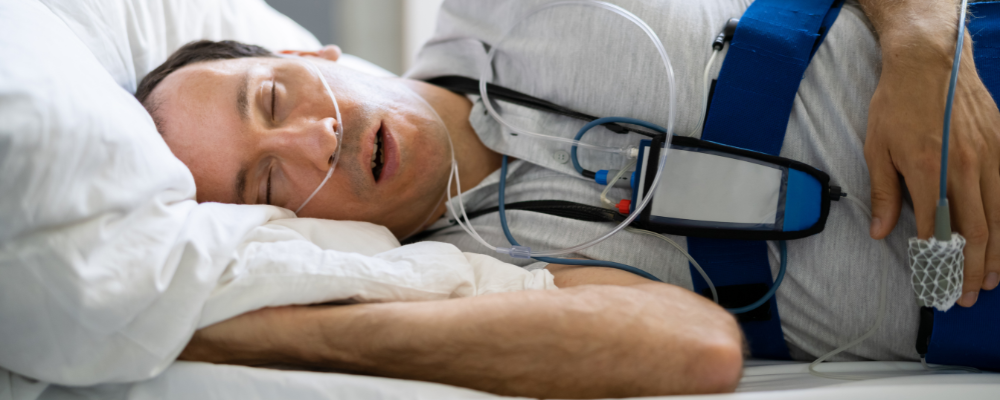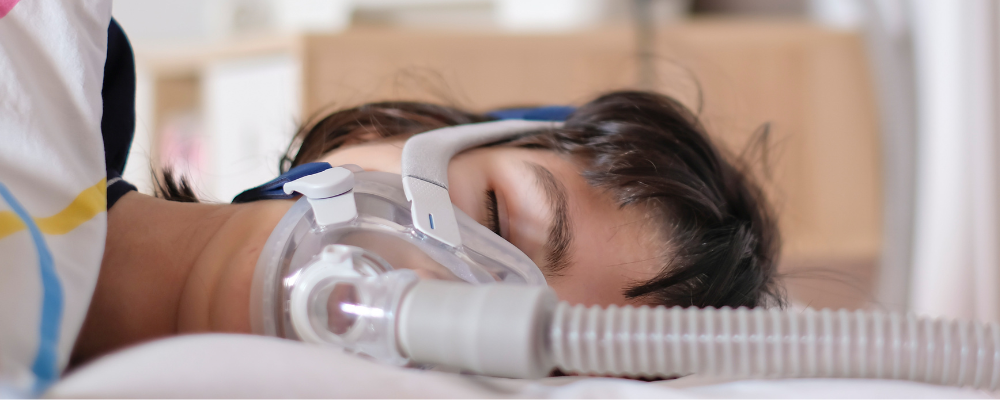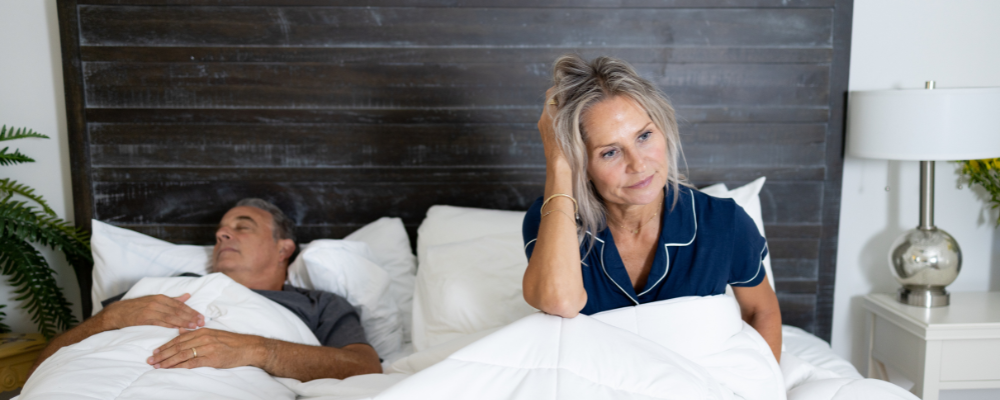Healthy sleep habits begin with you, and sleep apnea patients are no exception. Yes, a sleep apnea diagnosis of any kind (obstructive, central, or mixed sleep apnea) means your bedtime routine entails more than the average human, but it is still very easy for you to achieve a good night’s sleep when you adopt eight basic practices.
Before we tell you what these eight basic tips are, Aeroflow Sleep has researched who needs a bedtime routine, if going to bed early helps sleep apnea, and whether or not you can take naps and/or melatonin when you have sleep apnea. What we discovered—and learned from Dr. Monique May, a Board-Certified Family Physician—may surprise you.
Who Needs a Bedtime Routine?
Everyone needs a bedtime routine. Bedtime routines (or sleep routines) are what set up your internal clock for success, helping the primitive parts of your brain identify when it’s safe to power down and recharge. The real question is, what does a bedtime routine look like for you?
Does Going to Bed Earlier Help Sleep Apnea?
Unless you are a child with obstructive sleep apnea (OSA), going to bed early does not necessarily help sleep apnea patients. How many hours of sleep you are getting is what really matters. The American Academy of Sleep Medicine (AASM) and Sleep Research Society (SRS) came to a consensus that the recommended amount of sleep for adults is seven or more hours per night. This can be accomplished regardless of whether you go to bed an hour earlier than normal or not. In fact, for some, going to bed early may cause other sleep problems.
From factory and construction laborers to first responders and hospital care teams, many occupations have odd (or continuous) working hours that fall between 7 pm and 6 am. The most common sleep disorder among these professions is shift work disorder, and the primary symptoms of shift work disorder are insomnia, excessive daytime fatigue, and mental health disorders. These are also symptoms of sleep apnea, which again means going to bed earlier does not necessarily help; it may actually make your symptoms worse.
Luckily, there are healthy sleep habits you can use to prevent shift work disorder and improve your bedtime routine, but more on that later…
Should You Take Naps If You Have Sleep Apnea?
No, you should not take naps if you have sleep apnea, because you may forgo using your prescribed PAP therapy during naps. The most reputable CPAP product manufacturer, ResMed, stresses, “Even if you’re [a sleep apnea patient] putting your head down at your head down at your desk for a quick power nap, you’re likely experiencing disruptive, harmful apneas if you’re not using CPAP.” If you insist on taking a midday siesta and have sleep apnea, definitely do so at a time when you can use your CPAP machine…unless you are a new CPAP user.
New CPAP users will try to compensate for the poor sleep they experience in the first months of being diagnosed by napping, but sleep deprivation is actually a good thing to have in the beginning stages of PAP therapy. Just like you have a better chance of adjusting to a different time zone if you wait to sleep until the evening, you have a better chance of adjusting to your CPAP machine if you wait to sleep when you need it most. The more tired you are, the more likely you will fall asleep quickly, even on CPAP.
Can You Take Melatonin with Sleep Apnea?
Taking melatonin if you have sleep apnea is not recommended, according to Dr. Monique May. “Excessive amounts of melatonin may cause the muscles of the throat and upper airway to relax too much, worsening the obstruction seen with sleep apnea. The other possible concern with melatonin is the potential for its interaction with several medications that are commonly used by people with sleep apnea: medications for diabetes, high blood pressure, and certain psychiatric conditions”, says Dr. May.
Dr. May’s final words of advice: “People taking these types of medicines should ask their physician or pharmacist before starting any type of supplement or over-the-counter medicines.” Still curious? Dr. May also medically reviewed another Aeroflow Sleep blog on the subject. Click here if you want to learn more about melatonin and sleep apnea.
8 Healthy Sleep Habits for Sleep Apnea
Now that we have answered the questions that address what bedtime routines sleep apnea patients should avoid, how do you get restful sleep with sleep apnea? Here are the eight basic tips that sleep apnea patients need to optimize their bedtime routines:
1. Avoid Large Meals at Dinner
Large meals take longer to digest, which may be great when you need to keep your energy levels up throughout the day, but not so great when you are trying to sleep. You are not burning off much of that energy when you are asleep, so it instead gets converted into fat and causes weight gain, which can lead to obesity, which is a risk factor for sleep apnea, which could lead to heart disease, and so on.
Instead, plan your meals ahead of time: have your larger meal for either breakfast or lunch, and lighter meals for your other two meals of the day. If you are dining at a restaurant, try to look up the menu online ahead of time, forgo the free chips or bread, drink a full glass of water before eating, and ask your server to bring a to-go box for leftovers when your meal is served. Waiting until you have eaten until you are full and then boxing up the leftovers increases your risk of overeating.
2. Say No to Soft Drinks and Alcohol Before Bed
Another food-related tip that promotes a healthy lifestyle is to say no to soft drinks and alcohol before bed. Again, energy becomes fat when you are asleep, and sugar is one of our primary sources of energy. It is also commonly found in soft drinks. Furthermore, caffeinated beverages will keep you awake if consumed too close to bedtime.
Alcohol brings its own sleep problems. Not only is it often loaded with sugar too, alcohol causes the muscles of the upper airway to relax. This can be dangerous to sleep apnea patients if their airway becomes more obstructed. Trust us, that shot of whiskey or two you think will help get you a good night’s rest is not part of an ideal bedtime routine.
Be sure to monitor your daily sugar allowance, especially if you suffer from diabetes. Eliminate alcohol and caffeine intake within 4 hours of sleeping.
3. Practice Relaxation Techniques
A basic thing you can do (rather than avoid) is practice relaxation techniques before bed. Relaxation techniques improve your circadian rhythm (which controls your sleep-wake cycle) so you feel more rested longer when you wake up. Soaking in a warm bath, meditating in nature (or with apps), or stepping away from your smartphone (and other screens) are all ways you can promote your own wellness and achieve deeper nighttime sleep.
4. Exercise Your Throat and Tongue in the Mirror
Washing your face and brushing your teeth are not the only steps that you should take in front of the mirror if you want to achieve the best bedtime routine for sleep apnea. When you exercise your throat and tongue before bed, it reduces the likelihood of obstructions by toning all of your facial muscles, including your soft palate.
What are some throat exercises for sleep apnea? Watch our video below demonstrating one recommended by the Sleep Foundation.
5. Set a Sleep Schedule
As mentioned previously, going to bed earlier does not necessarily help sleep apnea, but what does help is going to bed at the same time every night. Adults need regular bedtimes, just like children do. Tell yourself you are going to be in bed by a certain time (8 pm for example) and do it consistently, including weekends. Start winding down your day to prepare your mind and body for rest. Turn off all electronic devices and bright lights at least thirty minutes before bed, make sure your thermostat is set at a comfortable temperature, and set an alarm to wake you up at least seven hours later to ensure you get enough sleep. It is that easy to set a sleep schedule! If you are unable to fall asleep within 10-20 minutes, instead of tossing and turning, leave your bedroom, read a book (or perform another relaxing activity) in another room, and go back to bed when sleepy. Do not do something stressful like paying bills right before bed!
6. Keep a Sleep Diary
If setting a sleep schedule is difficult for you, try keeping a sleep diary. Whenever you wake up in the morning, make a note of what your sleep and wake times were. If your sleep time was less than seven hours, and you do not feel refreshed when you wake up, then you know you still need to adjust your sleep routine. Your wake time equals the difference between twenty-four hours and the number of hours you slept. For example, if you sleep for seven hours, then your wake time is seventeen hours.
Be sure to add whether or not you experienced any sleep apnea symptoms to your sleep diary as well, and always remember to track your compliance data. To receive the most benefit from CPAP treatment, you should use it for a minimum of four hours per night for thirty consecutive days (or a compliance of at least 70%). This number is what most insurance providers look for also. Be sure to let your doctor know sooner than later if you are having trouble achieving this within the first three months. You may need your oxygen flow settings adjusted or a different mask.
7. Sleep on Your Side for Better Sleep
Gravity works against sleep apnea patients who prefer to sleep on their stomachs or backs, because their airways could be blocked by poor head and neck positioning caused by pillows, a thick tongue, or the size of their neck, making it harder to breathe. The best sleeping position for sleep apnea (and therefore, another healthy sleep habit to adopt) is on your side. There, you can stretch out to create sufficient room for your lungs and good spinal alignment. This also prevents your tongue and upper airway tissues from blocking your upper airway.
8. Clean Your PAP Supplies
So far, we have discussed healthy sleep habits that can help sleep apnea patients in addition to using their CPAP. CPAP users should routinely clean their PAP supplies thoroughly. The water chamber of your CPAP machine’s humidifier should be emptied and rinsed every morning and then allowed to air dry. It should also be hand washed weekly with mild soap and hot water. Mask cushions and pillows, tubing, and headgear should also be hand washed. Do not wash disposable filters; instead, replace these every two weeks.
Quality Sleep Tips and Good Sleep Habits Only Go So Far
We could debate what makes and breaks a bedtime routine for sleep apnea patients all day (and night), but if you cannot remember the last time you replaced your filters (or any other piece of PAP equipment for that matter), we should probably mention that quality sleep tips and good sleep habits only go so far. You can get sick from not cleaning or replacing your machine, due to regular exposure to moisture, sweat, dust, dead skin cells, viruses, fungi, and bacteria. Avoid these and other harmful pathogens by replacing your PAP supplies regularly with the help ofAeroflow Sleep.
Our dedicated Sleep Specialists notify you when you are due for new PAP supplies and work hard with your insurance provider to get all replacements covered up to 100%. Aeroflow Sleep is in-network with most insurance companies (Aetna, BCBS, Cigna, Humana, United Healthcare, etc) and is accredited by both Medicare and Medicaid. We also take secondary insurance plans.
See if you are eligible to join the Aeroflow Sleep program today by filling out our 3-5 minute qualifying form below. We hope you do and look forward to being yet another reason you achieve the best bedtime routine for sleep apnea!


